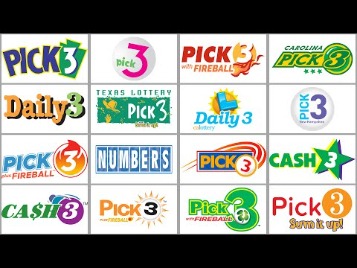Reconciliation Finance, Definition, Process, Methods

These steps integrating with adp workforce now 2021 can vary depending on what accounts you are reconciling, but the underlying premise is always the same – compare your ending balance against supporting documentation and make any adjustments as needed. Cash accounting is the easiest way to manage your accounting, and provides a better picture of your cash flow, but is only a suitable method for very small businesses. Debits and credits are truly the backbone of the double-entry accounting system, which states that every debit entry must have a corresponding credit entry for the books to remain in balance. To implement effective reconciliation processes, you need to create and document the exact procedures that staff and lawyers should follow.
How Often Should Individuals Reconcile Their Bank and Credit Card Statements?
Reconciling the accounts is a particularly important activity for businesses and individuals because it is an opportunity to check for fraudulent activity and to prevent financial statement errors. Reconciliation is typically done at regular intervals, such as monthly or quarterly, as part of normal accounting procedures. For example, the internal record of cash receipts and disbursements can be compared to the bank statement to see if the records agree with each other. The process of reconciliation confirms that the amount leaving the account is spent properly and that the two are balanced at the end of the accounting period. Also, transactions appearing in the bank statement but missing in the cash book should be noted.
This software automatically collects data from a company’s various sources of financial information stored digitally across various platforms. These sources include ERP software systems, digitally generated bank files or statements, credit card processors, and merchant services. You may need to create a separate record on the discrepancies identified, especially where these discrepancies are large in number. This helps for more careful account reconciliation processes in the future and documentary evidence to external stakeholders. Also, if the bank statement shows money deposits not reflected in your internal records, collect synonym you make entries of these transactions.
- In this case, the reconciliation includes the deposits, withdrawals, and other activities affecting a bank account for a specific period.
- Account reconciliation software presents you with integrated cloud storage for supporting documentation, which boycotts the need to import documents and aids the review and audit process.
- Once data is gathered from these sources, the software, through advanced encoding, then compares account balances between documents from the different sources and identifies discrepancies.
- When a business makes a sale, it debits either cash or accounts receivable on the balance sheet and credits sales revenue on the income statement.
The amount paid by the customer is not completely reflecting in the bank
The two outstanding checks will not have to be recorded as a journal entry, since the adjustment is on the bank’s side. While it may be tempting to fly to Vegas with those extra funds, the bank will likely find the error when they’re reconciling their accounts, leaving you stuck in the desert with an empty wallet. If you’ve ever been general instructions for forms w billed for an item you didn’t buy or found yourself with a larger bank balance than you know you should have, you understand the importance of account reconciliation.

I know you’d rather be selling your products or providing services to your clients than being stuck in the office doing account reconciliations. This way you can check off all the matching items, making note of any missing transactions, which will need to be recorded using a journal entry, which will put your general ledger and sub-ledgers in balance. Some of the sub-ledgers you may be using include fixed assets, payroll, accounts payable, and accounts receivable. Reconciliation serves an important purpose for businesses and individuals in preventing accounting errors and reducing the possibility of fraud.
What are the Types of Reconciliation in Accounting?
The purpose of reconciliation is to ensure the accuracy and ethics of a business’s financial records by comparing internal accounting records with external sources, such as bank records. This process helps detect errors, prevent fraud, ensure regulatory compliance, and provide reliable financial information for data-driven decision-making. After finding evidence for all differences between the bank statement and the cash book, the balances in both records should be equal. You should prepare a bank reconciliation statement that explains the difference between the company’s internal records and the bank account.
Some of the transactions affected may include ATM service charges, check printing fees. Finally, without adequate account reconciliation processes in place, both internal and external financial statements will likely be inaccurate. For example, reconciling general ledger accounts can help maintain accuracy and would be considered account reconciliation.
Reconciliation must be performed on a regular and continuous basis on all balance sheet accounts as a way of ensuring the integrity of financial records. Conversely, identify any charges appearing in the bank statement but that have not been captured in the internal cash register. Some of the possible charges include ATM transaction charges, check-printing fees, overdrafts, bank interest, etc. The charges have already been recorded by the bank, but the company does not know about them until the bank statement has been received. It is possible to have certain transactions that have been recorded as paid in the internal cash register but that do not appear as paid in the bank statement. An example of such a transaction is a check that has been issued but has yet to be cleared by the bank.
